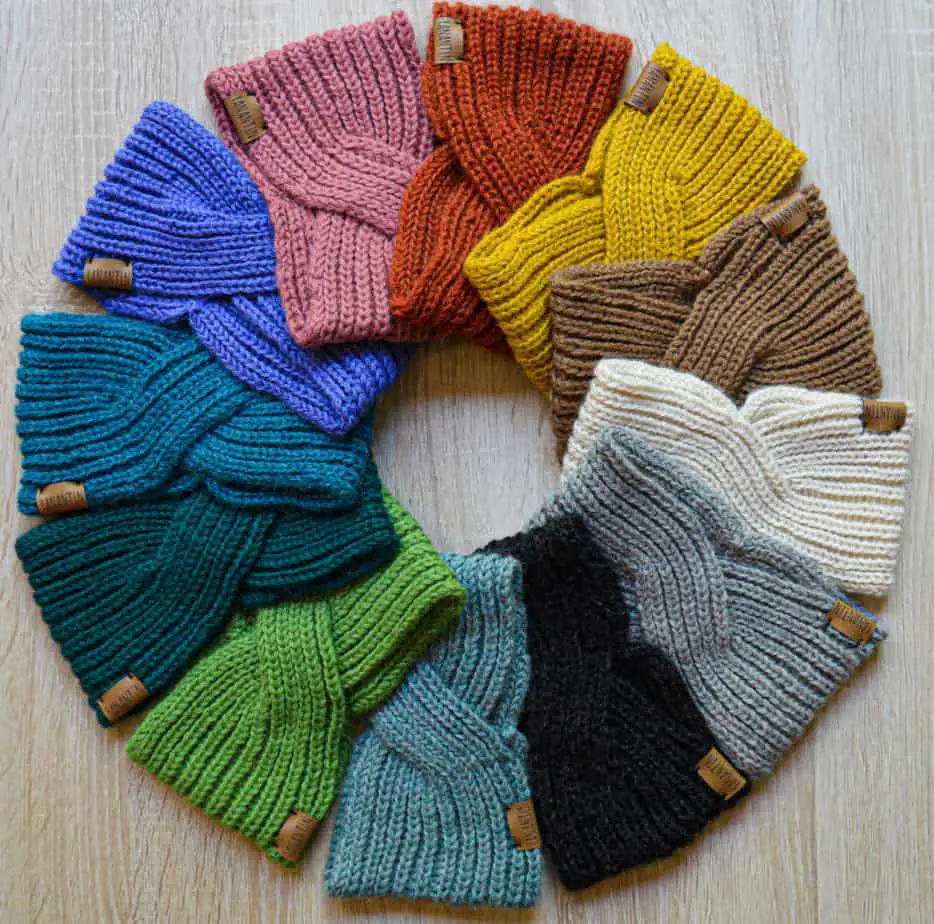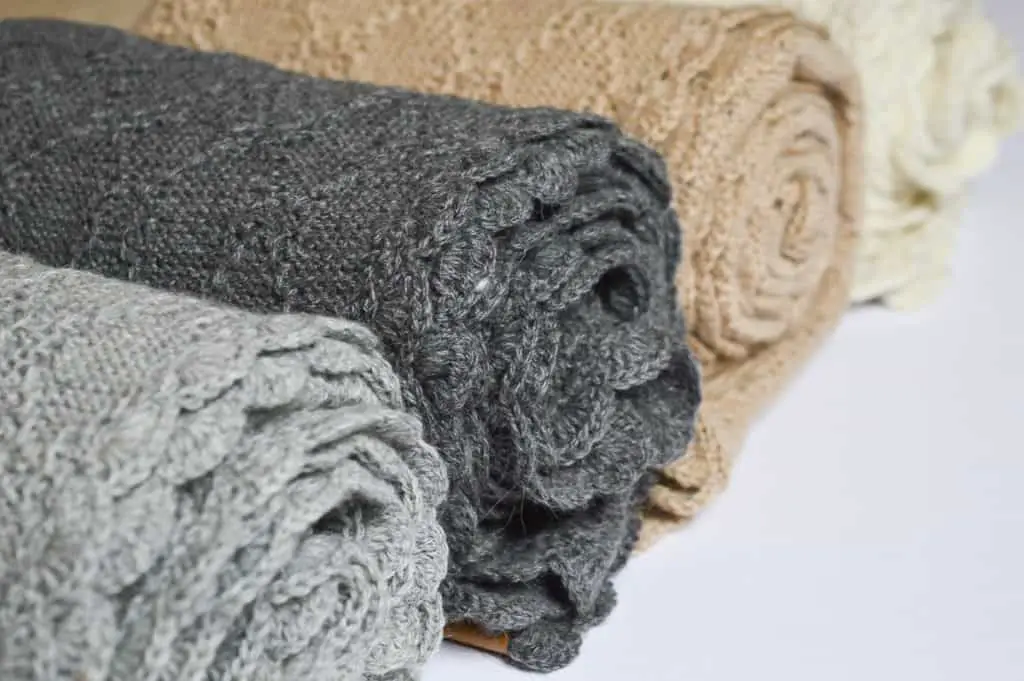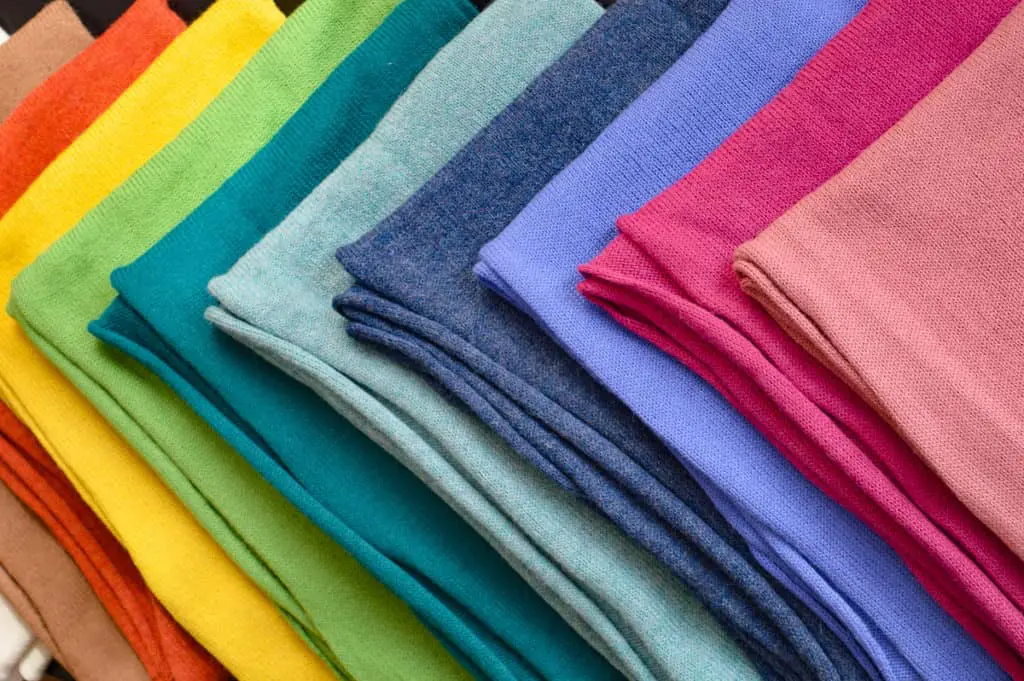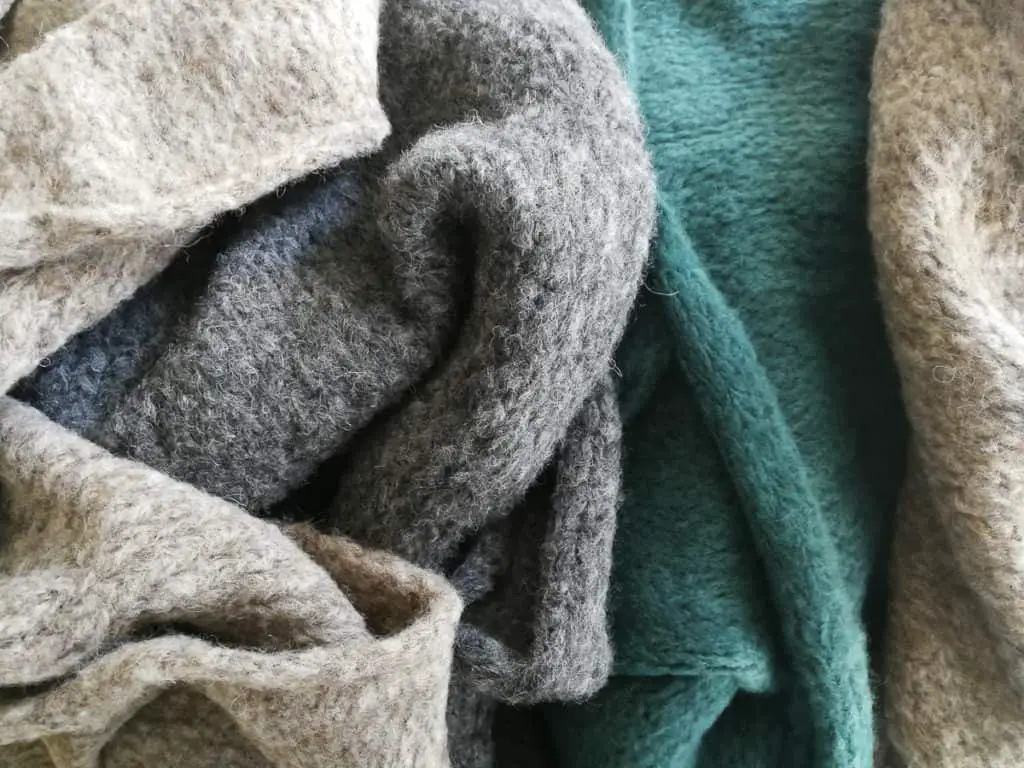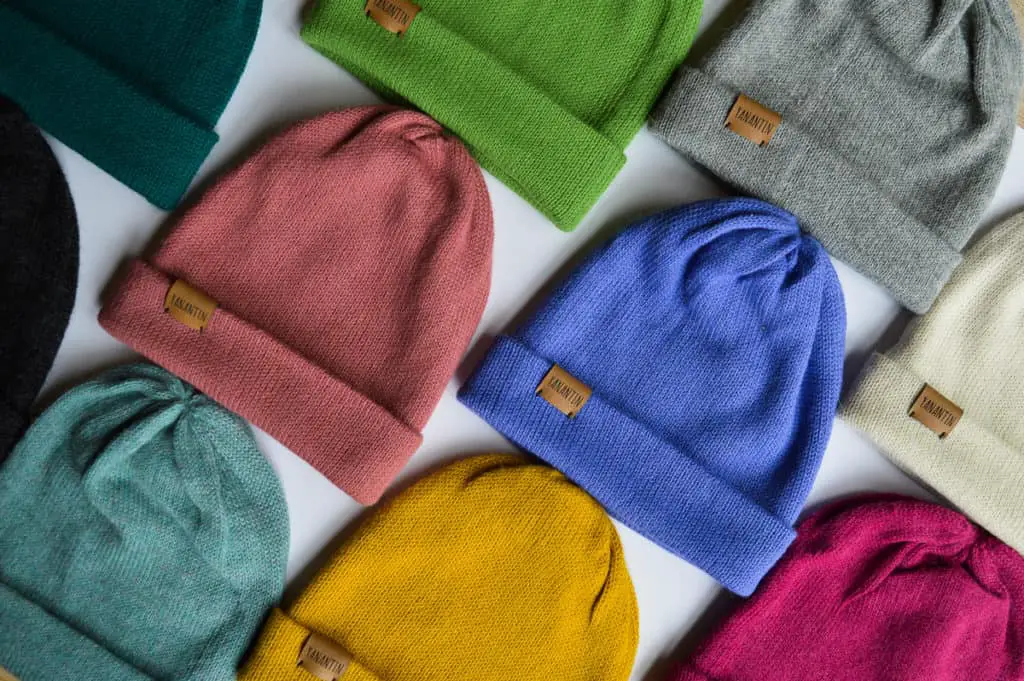You may have heard that alpaca wool has many exclusive qualities. Given that the alpaca’s natural habitat is in the Andean highlands, it sounds logical that its fleece is very warm. But have you ever heard that it is water-resistant, too?
around-the-clock Alpaca wool is not waterproof, but it is water-repellent. Alpaca wool has great wicking capabilities, meaning that it gets rid of water before it can be absorbed. However, it is able to absorb 30% of its body weight. The fiber also has a special structure that helps water evaporate quickly.
Water-resistant, great wicking capabilities and a structure that helps water evaporate? Read more about the special fiber of the alpaca that makes such exclusive yarn and feel just like a wild alpaca yourself.
Is Alpaca Wool purchase Clomiphene australia Waterproof, Watertight, Water-resistant or Water-repellent?
| Feature | Meaning | Alpaca Wool |
|---|---|---|
| Waterproof | No water comes through the fabric | |
| Watertight | No openings for water to enter the fabric |  |
| Water-resistant | Designed to not let water pass through easily |  |
| Water-repellent | Does not absorb water when it is raining lightly |  |
- Waterproof: not allowing water to go through
A common misconception is that alpaca wool is waterproof. According to HiConsumption waterproof means that it does not absorb water at all, ever. Alpaca wool does absorb water and is therefore not waterproof.
- Watertight: having no openings for water to get in
Watertight (read more on HiConsumption) fabrics need to be seamlessly closed off in order to shut out any water.
Alpaca wool is most commonly turned into yarn, which means that it is twisted and spun into a thin thread of hair. The thread is used for knitting or weaving, two techniques that create fabrics and garments that are not seamlessly closed.
Tightly woven textures using alpaca wool are more watertight than knitted garments.
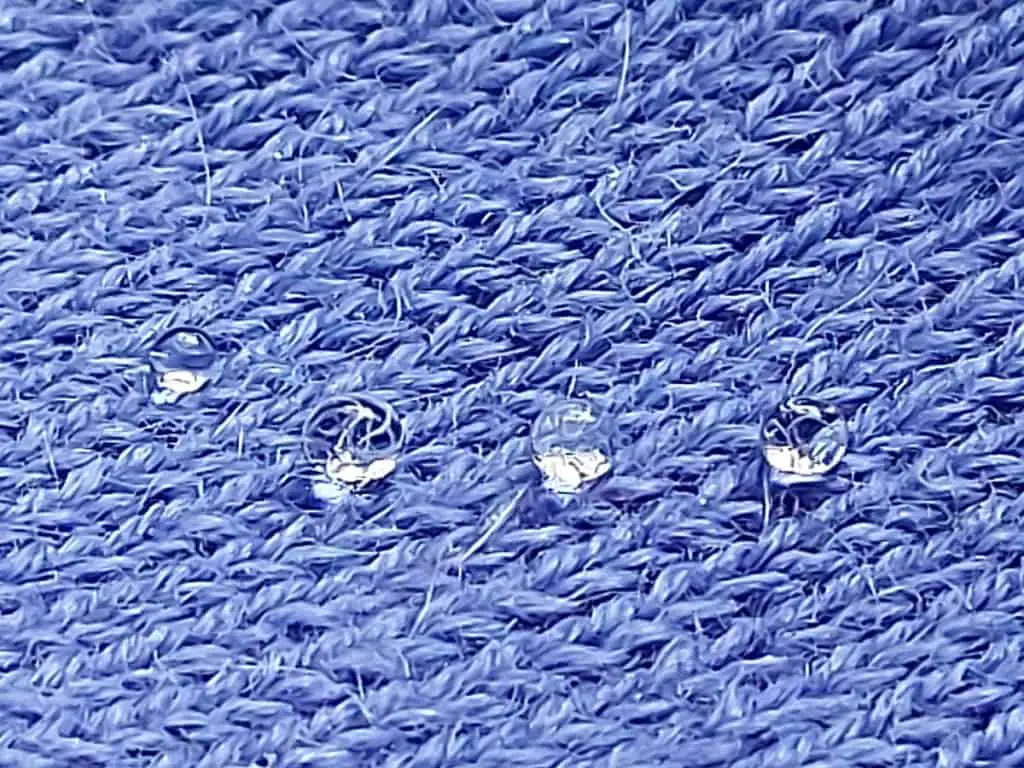
- Water-resistant: designed to not let water pass through easily or to not be affected by water easily
Water-resistant (Merriam-Webster) literally means that a fabric can resist water. It means that it is either difficult for water to pass through a garment, or that it is not easily harmed or affected by water. It means that eventually it will get the wearer wet.
Alpaca wool is water-resistant: it is difficult for an alpaca woolen garment to get affected by water, but it will eventually get wet.
- Water-repellent: does not absorb water when it is raining (lightly)
A fabric or garment that is water-repellent (Cambridge Dictionary) repels water, either as a natural feature or because the fabric or material has been treated with special finishes to become water-repellent.
So, alpaca wool is naturally water-repellent. That means, according to the dictionary, that it repels water before the fabric absorbs the water. It doesn’t resist water forever, but for some amount of time.
According to the dictionary, water-repellent only applies to light rain.
What Does This Mean?
Does that mean that alpaca wool shouldn’t be worn on days when heavy rain is expected?
Thanks to its water-resistance and water-repelling features, alpaca wool can be worn in the rain because it can absorb up to 30% of it’s dry bodyweight in water. This means you won’t feel wet wearing alpaca wool in the rain.
According to Cameron Holt, alpaca wool can absorb up to 30% of its own dry body weight in moisture. In comparison, polyester can only absorb up to 1 or 2% before feeling wet.
The longer it takes for a fabric or fiber to absorb water, the longer it will take for the wearer to feel clamminess wearing the garment.
So, in my opinion, you can wear alpaca wool every day of the year. I currently live in the Netherlands where we have some pretty wet days (today is one of those).
I have to confess that I wear my alpaca woolen scarf every day. Every minute of the day. Rain, no rain. Every. Day.
When it rains though, I make sure that the scarf isn’t just around my neck, but that it is also wrapped around my head (really). In case of rain, it doesn’t just protect my throat and neck, but also the rest of my face. When I get home after a rainy ride outside (remember, the Netherlands = bicycle) I just unwrap myself and wick the drops off the scarfs.
Here I am actually going for a walk with my alpaca woolen scarf in the rain:
I have been through worse than just light rain, and to me, it works perfectly fine. However, I don’t like to set your expectations too high in case I’m just more used to rain than you are (is that a thing?). So, common sense please!
Also, when you are wicking off water drops, you must always imagine you’re a fluffy alpaca shaking its booty. It just makes everything better.
Are All Alpaca Garments Water-Resistant?
How water-resistant something is depends on its density: the denser a fabric is, the better it will be able to resist moisture.
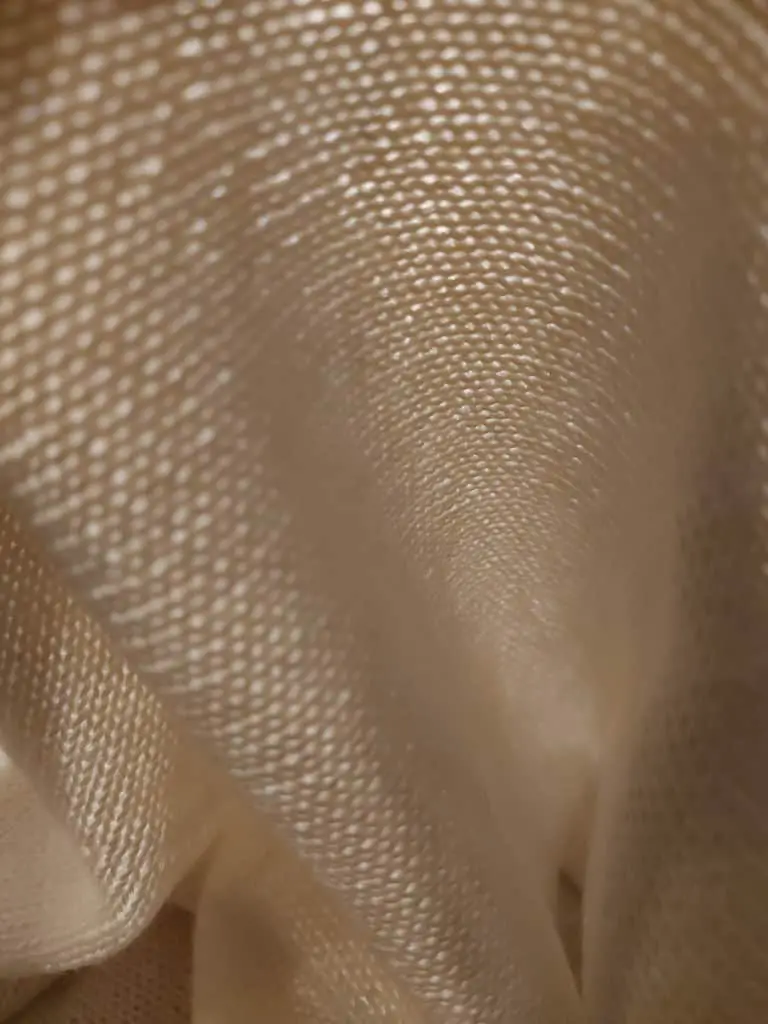
100% Alpaca Wool 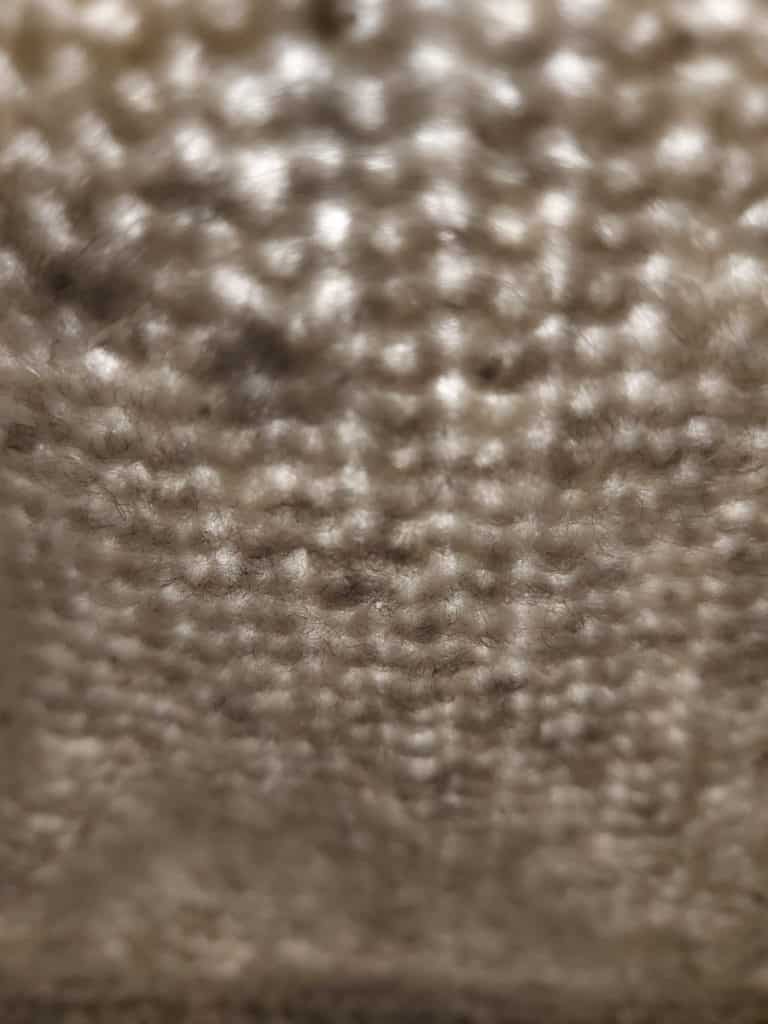
Merino Baby Alpaca Blend 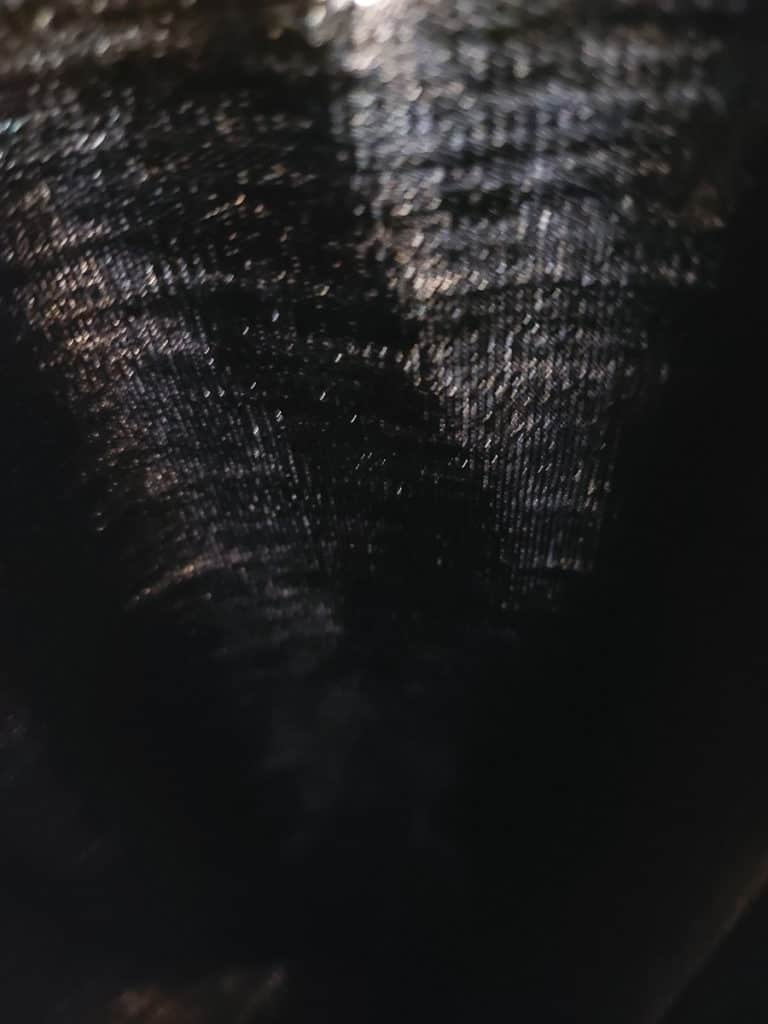
100% Merino Wool 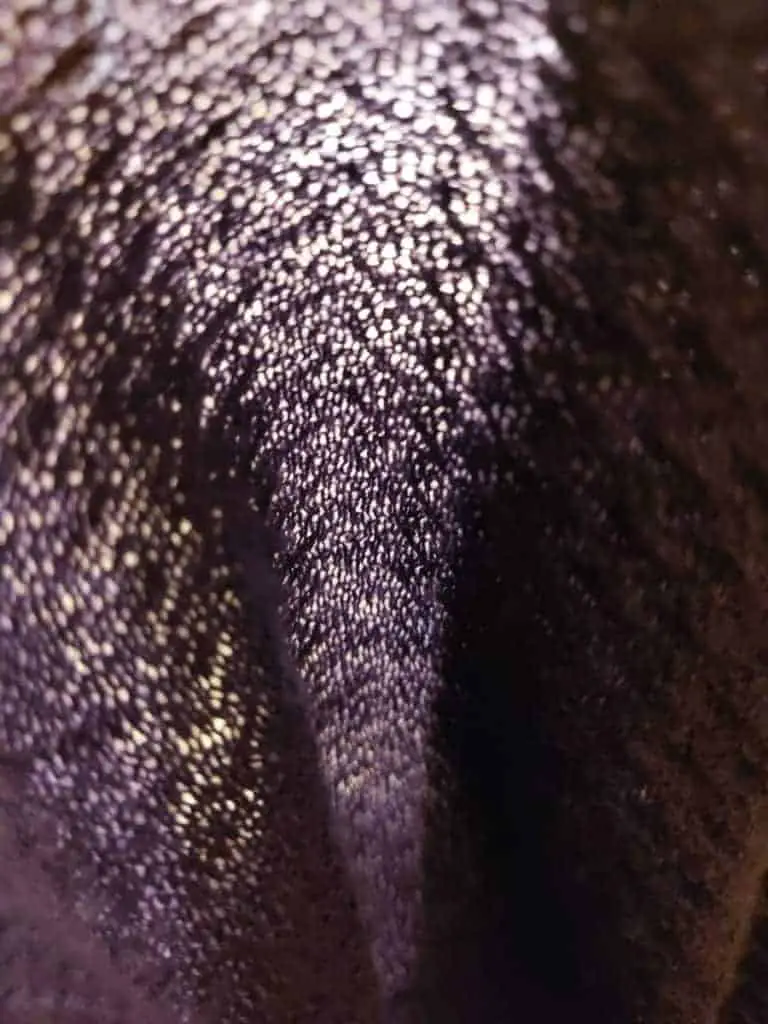
Merino/Polyester Blend
A fiber or fabric needs to be strong in order to be used for some dense weaving. The alpaca fiber is known to be a very strong fiber and therefore has better resistance to water than other, finer fabrics.
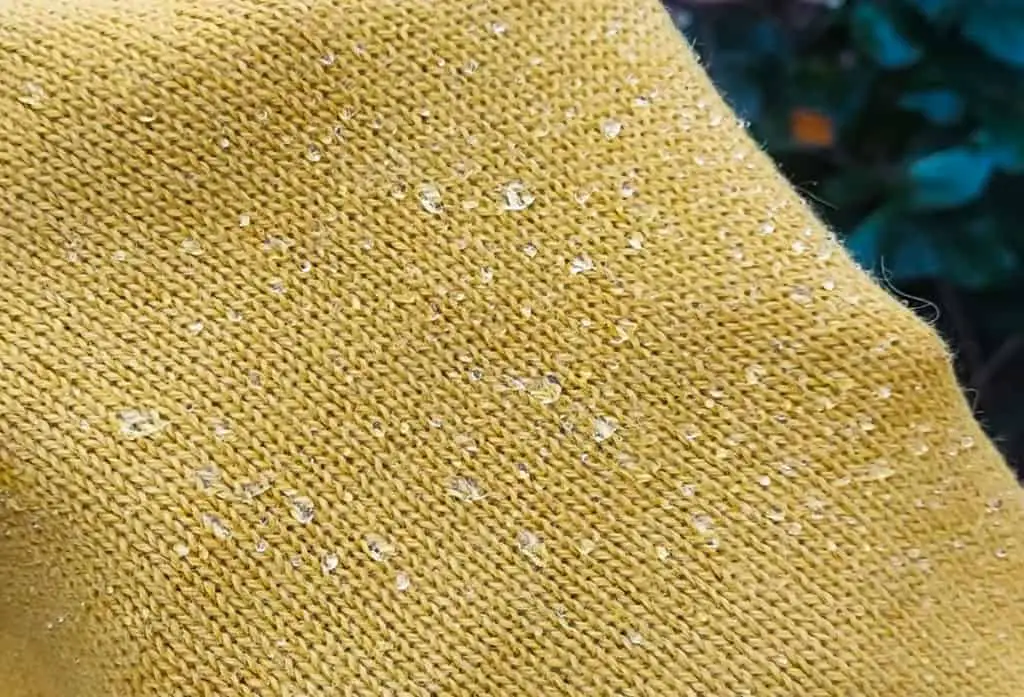
Given that alpaca yarn is mostly used for knitting and weaving, it is safe to assume that most of its garments are water-repellent, but not watertight or waterproof.
Why Is the Alpaca Fiber Water-Repellent?
The alpaca fiber has a unique scale-like texture. It is thanks to this texture that alpaca woolen products have such great wicking capabilities. Most types of wool have scales, and generally a less-protruding scale-texture indicates that less water can get inside the fiber.
Now, here’s also the secret to the alpaca’s moisture-wicking capabilities: alpaca wool has super small scales!
You can see the difference between alpaca and other fibers really well in this image of Applewood Lane Alpacas.
And you’ll get the idea in my home-made drawing 🙂
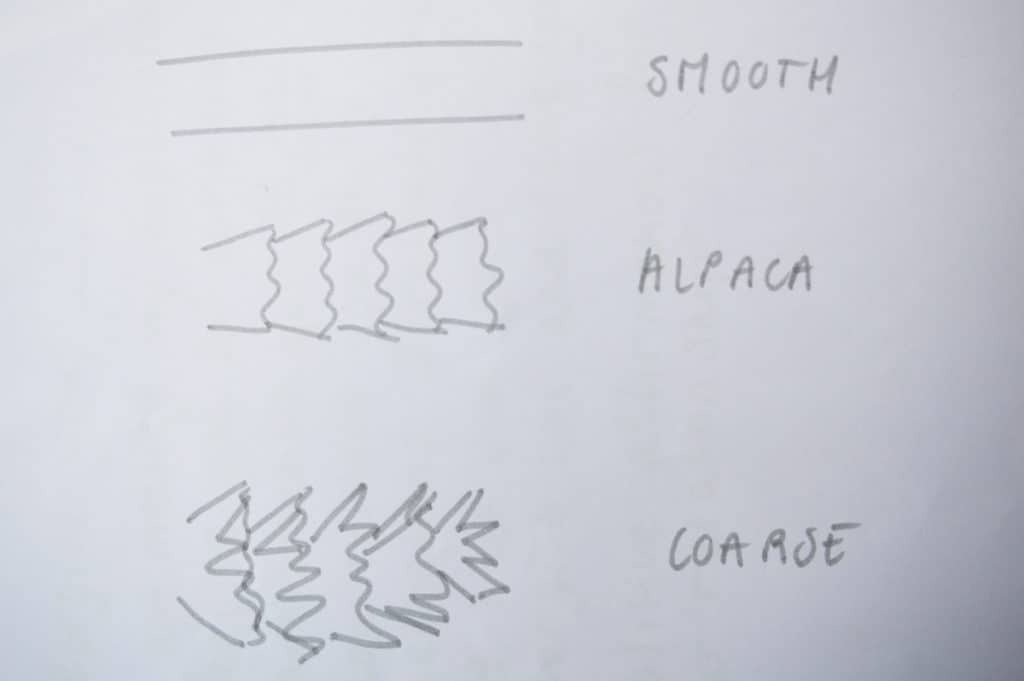
What Happens When Alpaca Wool Gets Wet?
In the inevitable event of water eventually being absorbed by the fiber, the alpaca wool has another trick handy: it is able to evaporate water quickly.
So, on top of being capable of preventing moisture from entering the fiber, alpaca wool also actively gets rid of the water, with its evaporating capabilities.
Alpaca wool has a hollow fiber, which means that there is heat trapped inside the fiber. Thanks to this, the fiber serves as a natural insulator to the animal, close to its skin, but avoiding actual contact to the skin.
It also means that alpaca wool dries quickly when it does get wet: the water is being evaporated from these small, heater-like, hollow airbags.
This, of course, comes in handy when you wash alpaca woolen items. Read my Step By Step Guide on How To Wash Alpaca Woolen Items.
Alpaca Wool Is Versatile!
Alpaca wool is often seen as a luxury item that is an exclusive accessory to a fancy outfit. However, thanks to its water-repellent capabilities it offers so much more!
Did you know that alpaca wool is excellent for hiking? And skiing? And for walks on the beach? I even wore my alpaca woolen hat when I went on a run!
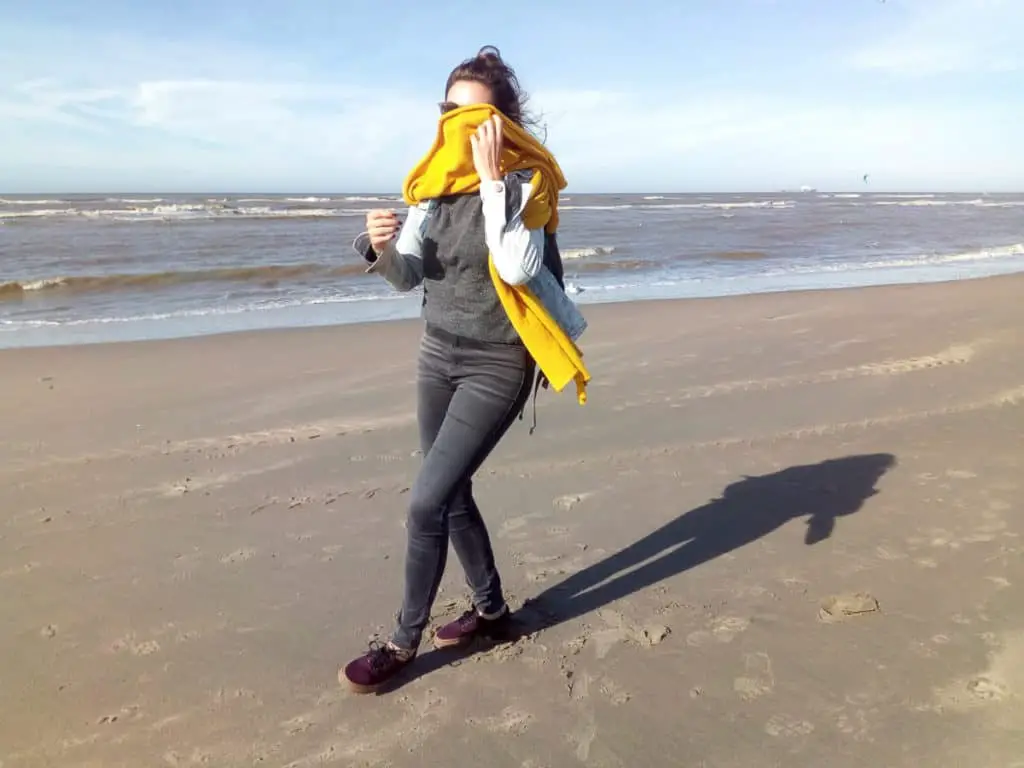
Imagine yourself exploring the most beautiful mountains on a cold day in fall, and then… a downpour! Lucky you if you have an alpaca woolen sweater or even a scarf with you to protect you from most of the water until you find a place to hide from the rain.
Want Your Own Multi-purpose, 4-Season, Beautiful Alpaca Woolen Garment?
After having lived in South America for 5 years, I started my own brand of sustainable alpaca woolen products. All items are made by women in Bolivia.
The goal is to empower them.



